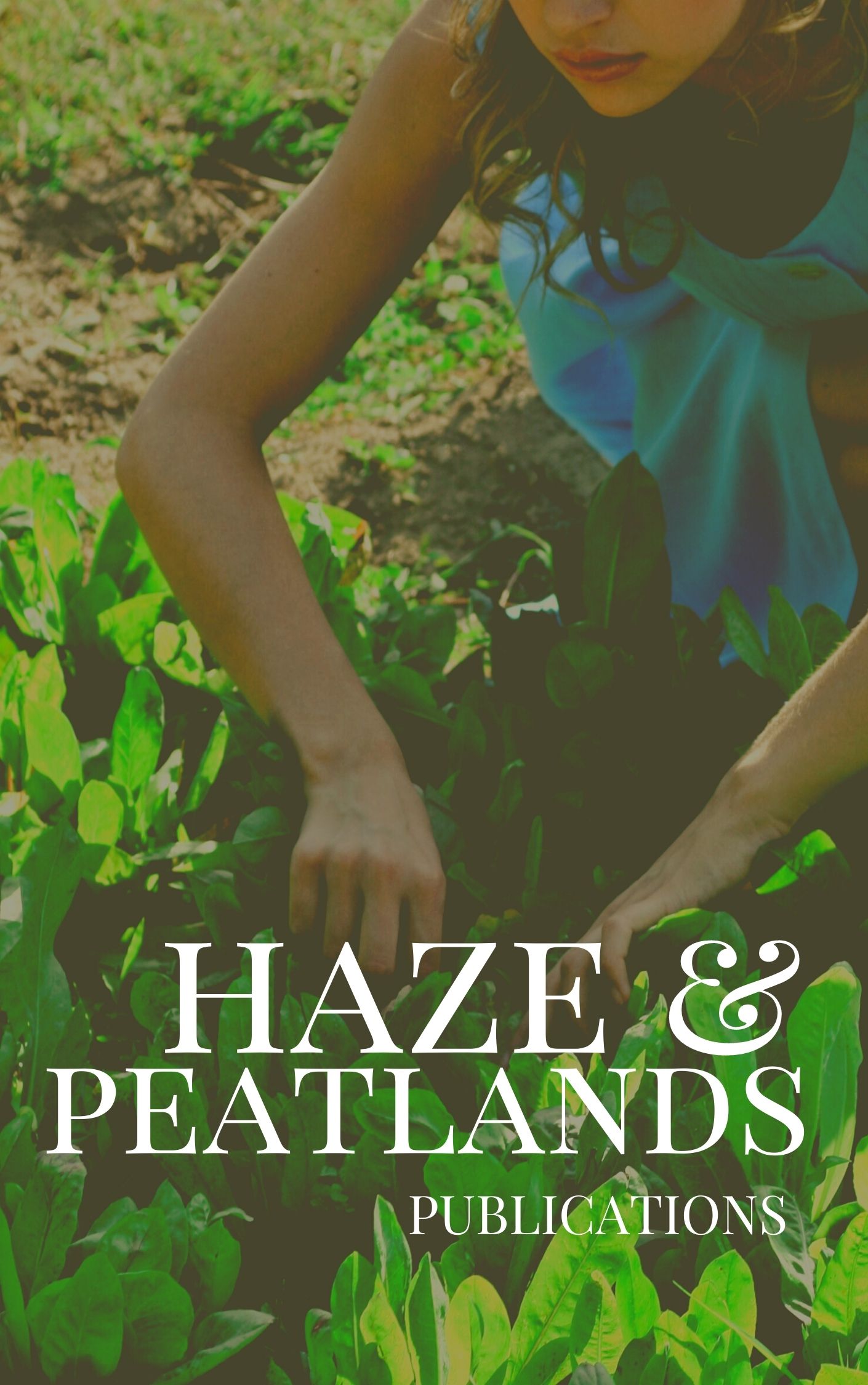Peatland fires in Central Kalimantan occur almost every year with an average of 15,000 hotspots or approximate 62% of the total fires in Kalimantan, Indonesia. The impact of these fires could very detrimental to the palm oil agroecosystem, such as damage on soil, obstacle plant photosynthesis and decreases the visibility of transportation. It will be downgrade oil palm production and its distribution. So far, Central Kalimantan has been no fire prevention system particularly for oil palm agroecosystem in peatland. This study is important to be done for prevention the occurrence of severe fires. The objectives of this study are to analyze fire severity using hotspot data of MODIS (Moderate Resolution Imaging Spectroradiometer), to examine the satellite images and the field-based of biophysical data (weather, land use, soil properties), to investigate the perception of local communities regarding to palm oil agroecosystem in peatland, and to develop the GIS (Geographic Information System) databases for fire warning. Study result proposes an integrated fire early warning system using Peatland Fire Risk Index (PFRI). There are some benefits of this research such as to reduce the release of emission, to minimize the loss of peat layers, and to prevent the high cost of peatland fire suppression. This technology will be one of guidelines for the implementation of the ISPO (Indonesia Sustainable Palm Oil) certification in Central Kalimantan.

